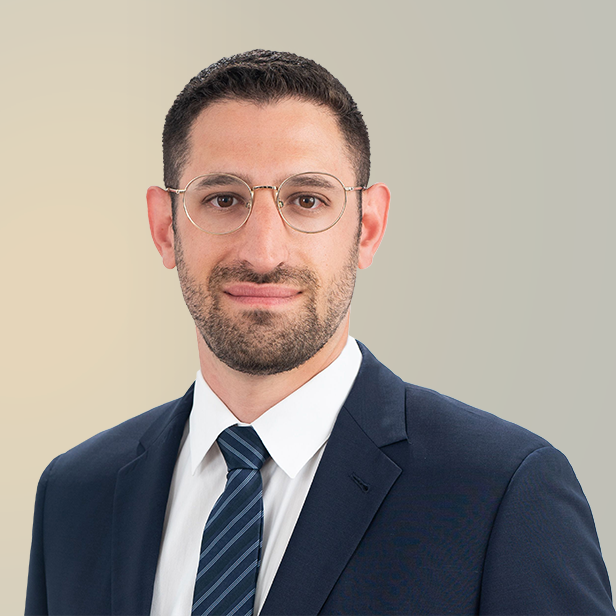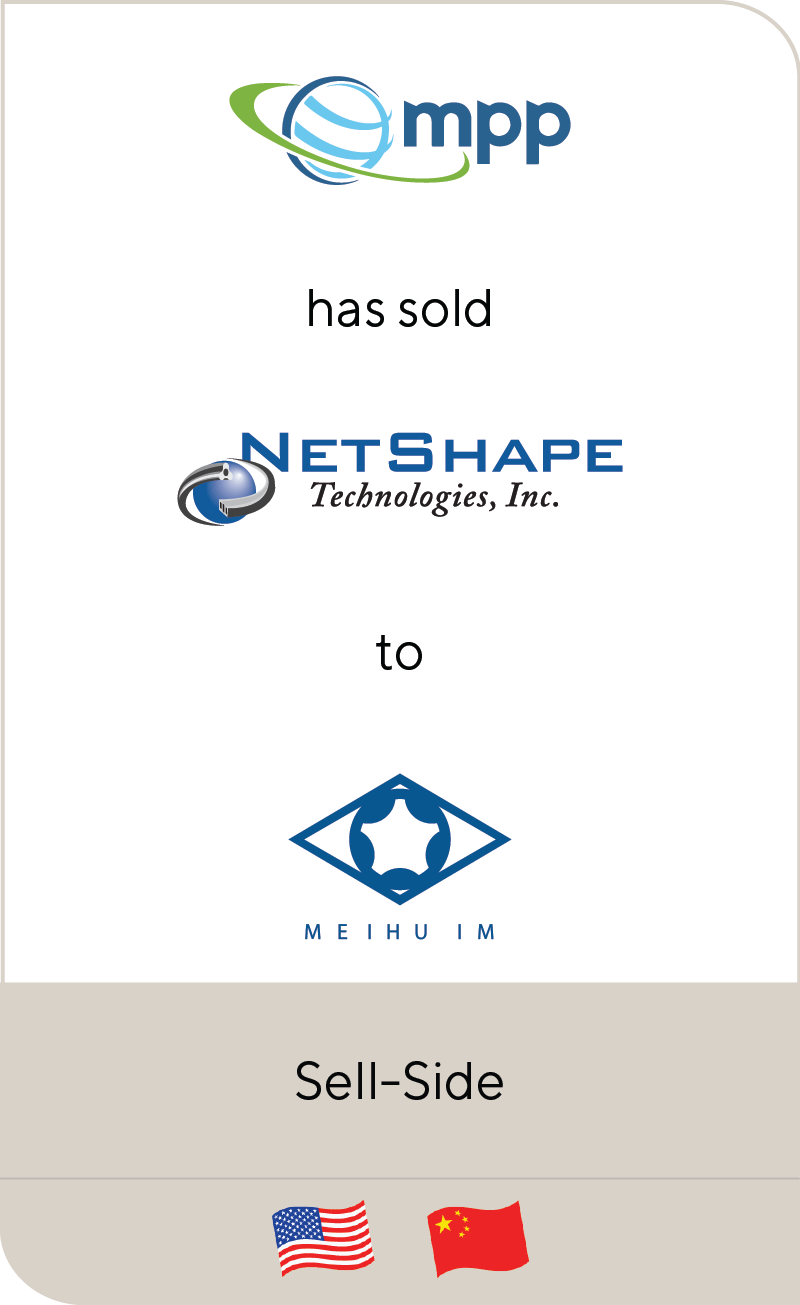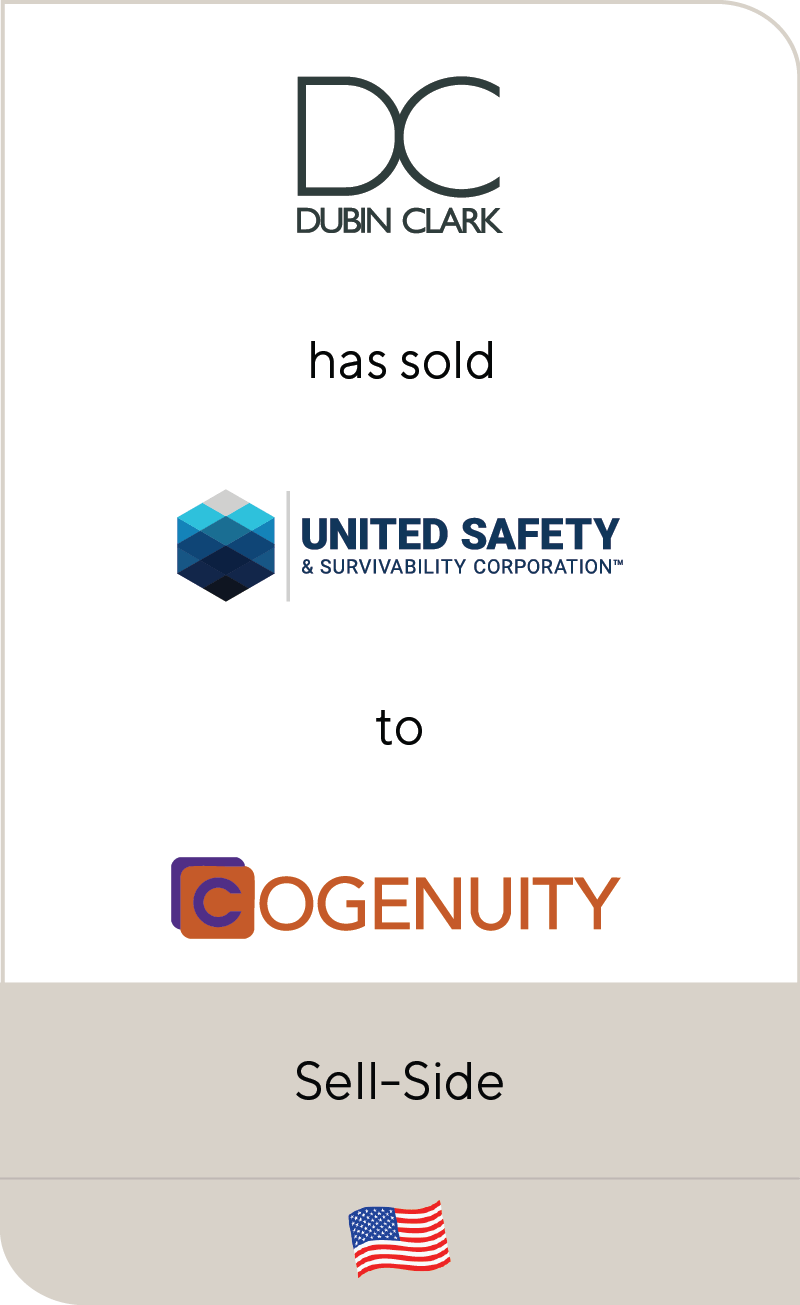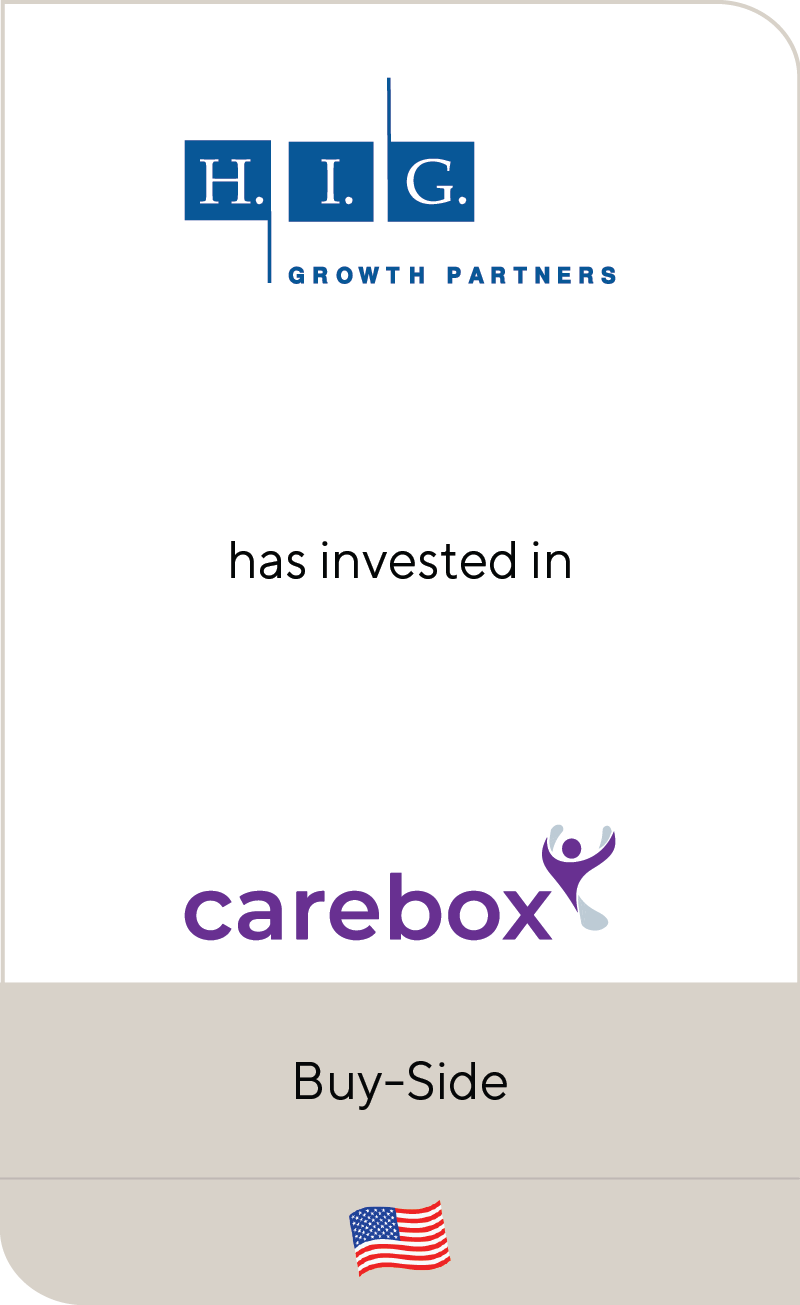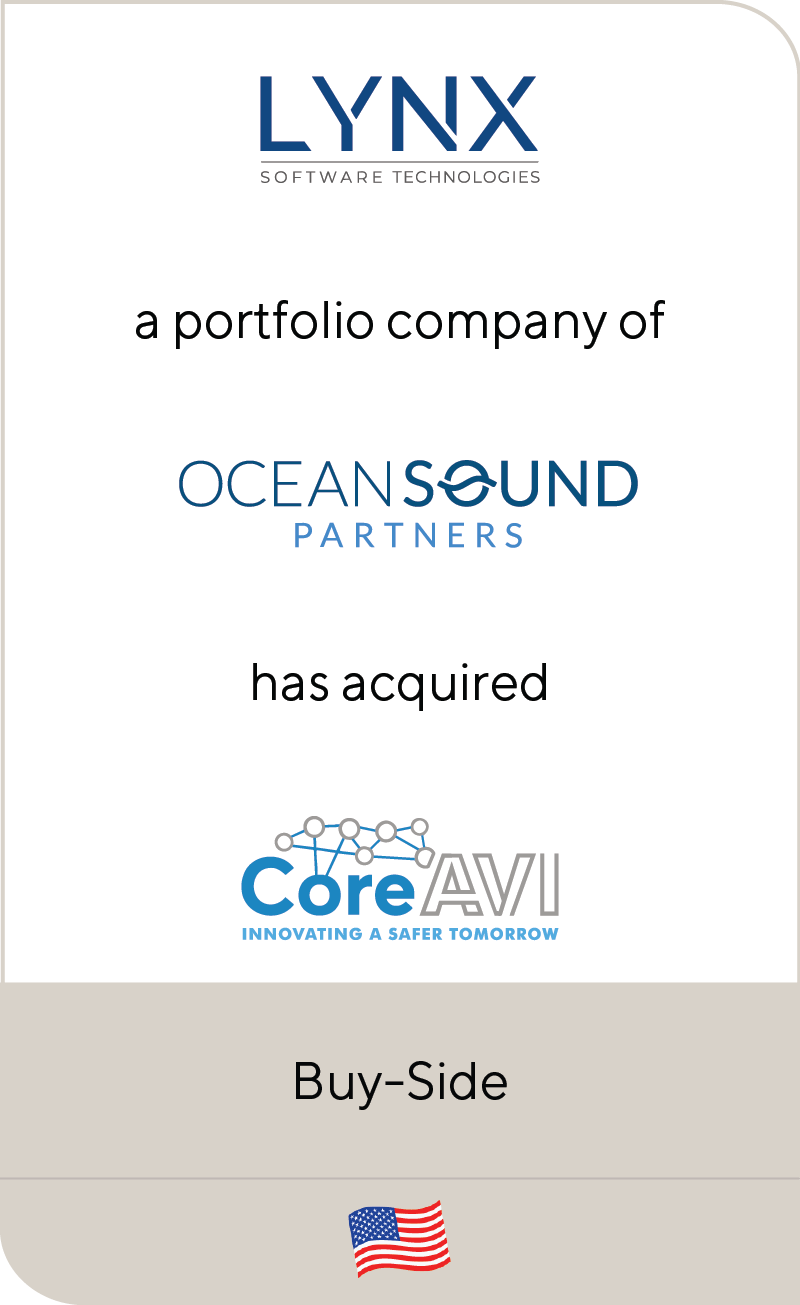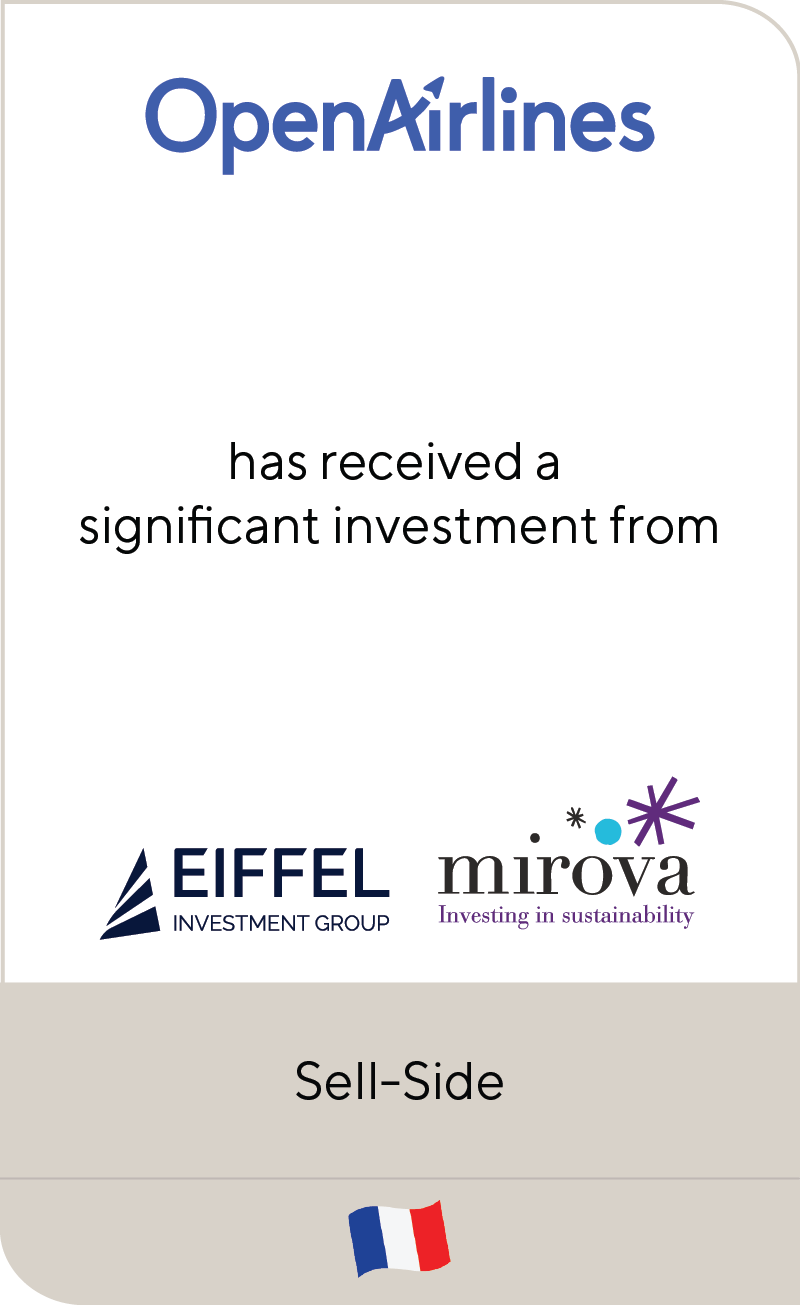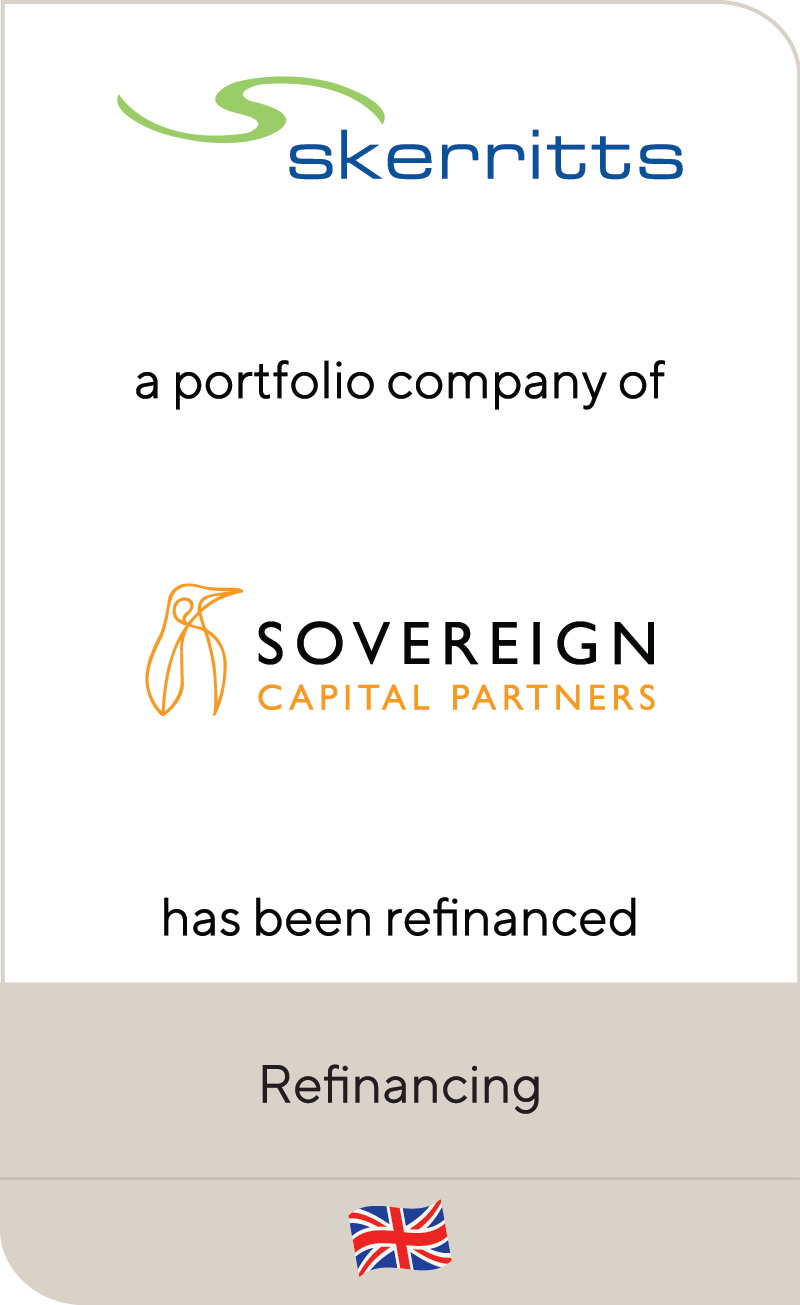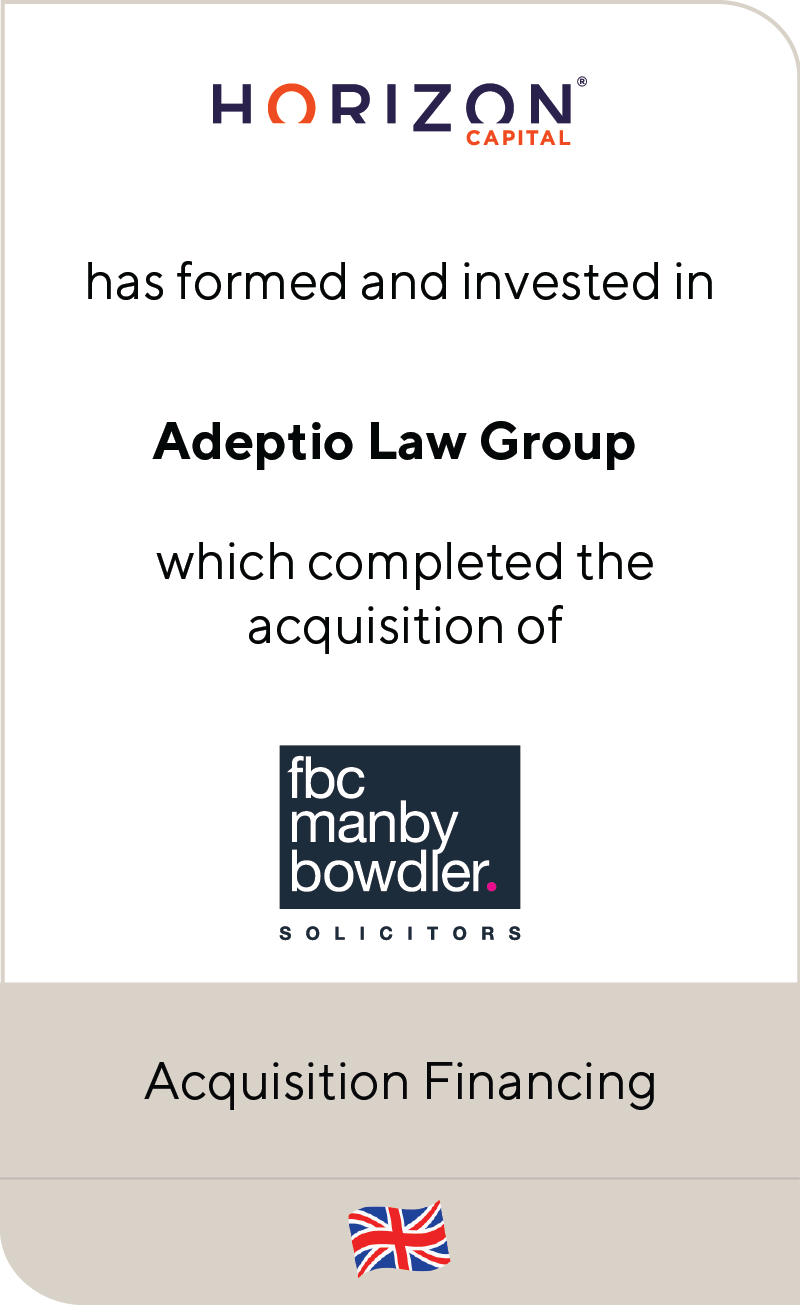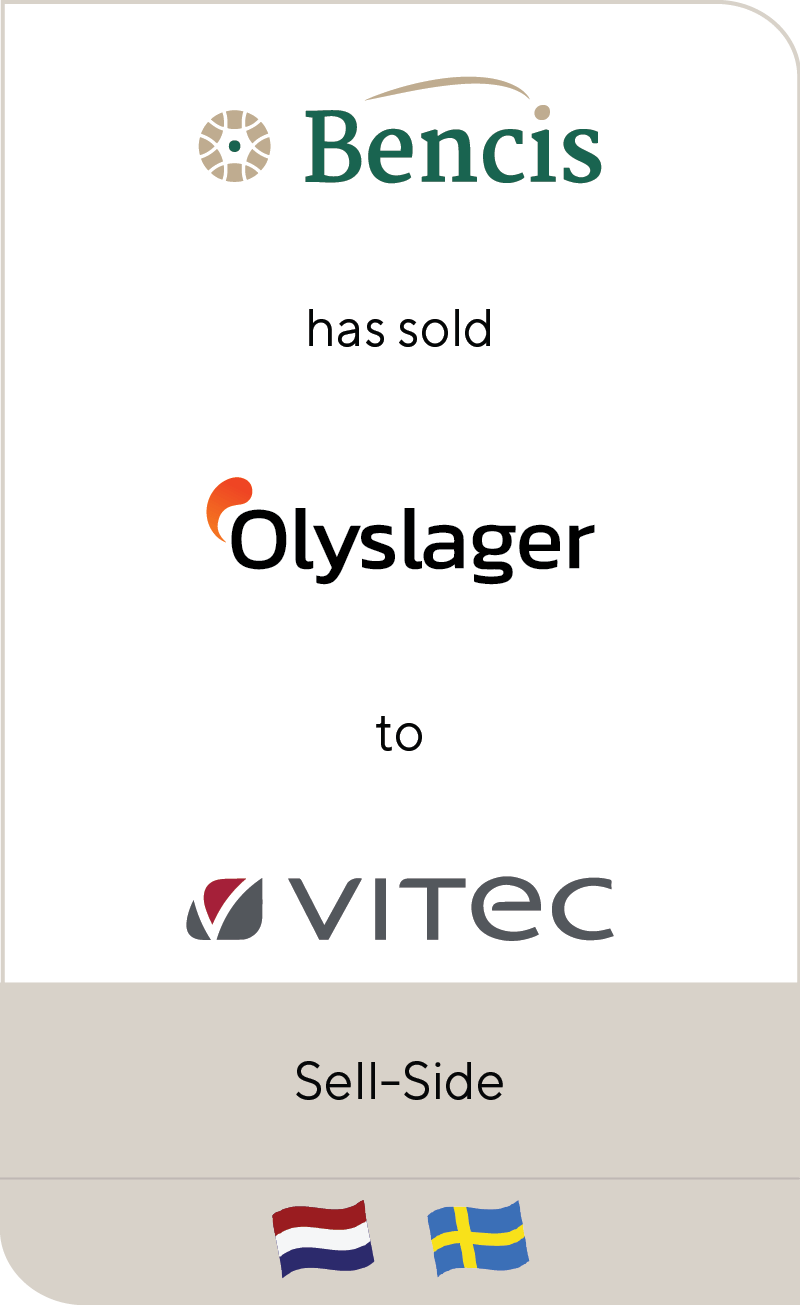The Evolution of Value Creation for PE Portfolio Companies
Aug 2022
Why companies are staying private longer and how they’re evaluating their options
How have companies’ timelines to exit evolved in the last two decades?
For private companies and their investors, options have developed significantly, with companies staying private longer as they are increasingly able to access liquidity without tapping public markets. Instead to going public, companies have alternatives, including pursuing growth equity or taking additional investments from financial buyers.
At the same time, PE firms have become more sophisticated owners with a focus on value creation and being reliable, active partners to management teams. They are focused on creating healthy companies from the inside out, turning to exit strategies only when the time is right.
The environment has also become more complex for strategic buyers as they face growing competition from financial sponsors on all aspects of a process, from speed to price to certainty of close.
Public equity markets are experiencing volatility and credit spreads are widening. How will these market conditions impact hold periods or exit strategies for private companies?
Following an extended bull market period, companies are reevaluating exit plans and refocusing on organic growth strategies until public markets stabilize. Company owners are maintaining the mindset of monetizing only when valuations are strong, so if they have the luxury of choice, some may pause their plans to exit in the near term and turn their focus to value creation.
Beyond full exits, a multitude of business levers remain viable in today’s market, from upgrading talent to developing new offerings. So long as the company remains focused on value creation, limited partners (LPs) are typically comfortable with extended fund lifecycles.
As continuation funds continue to rise in popularity, how are private companies balancing general partner (GP) and LP expectations for monetization and hold periods?
While continuation funds have been viable options for many years, investors’ understanding of the vehicle has evolved. What was once a path forward for underperforming portfolio companies or restructuring of zombie funds is now frequently used for extremely high-quality assets.
GPs and LPs alike are focused on directing their time and capital towards the very best businesses, management teams and assets—and many times, these can be found in their own backyard. Why look outside if you already own the top performer in a particular market, especially if together with management, you believe you can continue to augment capital and deliver the best risk-adjusted return?
The continuation fund enables GPs and LPs to continue to focus on companies that are often bound by fund life constraints. So long as the new vehicle is structured with strong alignment between GP and LP preferences, GPs can continue to manage high-performing companies, and LPs are given optionality to continue their investment in the asset or collect their return.
How should GPs weigh a sale versus a continuation fund?
Continuation funds are certainly a tool to leverage in the right situations, but it is important that GPs remember they are not the only path to exit. Challenges can exist with continuation funds if there is misalignment between the continuation vehicle and the underlying asset(s).
LPs are highly focused on the GP’s underwriting return from the point of transfer into a continuation vehicle to an eventual full exit. They will also want to see conviction from the private equity firm with a meaningful GP commitment.
Many PE firms specialize in a certain stage of a company’s lifecycle. The same firm that oversaw a business’ growth in early stages may not be the best-suited partner for the same company scaling its growth once it becomes more mature. When considering a continuation fund, GPs should think critically about whether they are the appropriate partner for a company in its next growth stage and weigh this against the potential for future returns and relationships with LPs.
Summary
-
Lincoln International unpacks the key themes investors and fund managers are considering when evaluating portfolio company exit plans in today’s market.
- Click here to download a printable version of this perspective.
- Sign up to receive Lincoln's perspectives
Contributors

I am inspired by the opportunity and privilege to work alongside passionate and focused people, helping them achieve their goals and ultimately push beyond the edge of possible.
Stephen Carre
Managing Director & Co-head of Private Funds Advisory
New York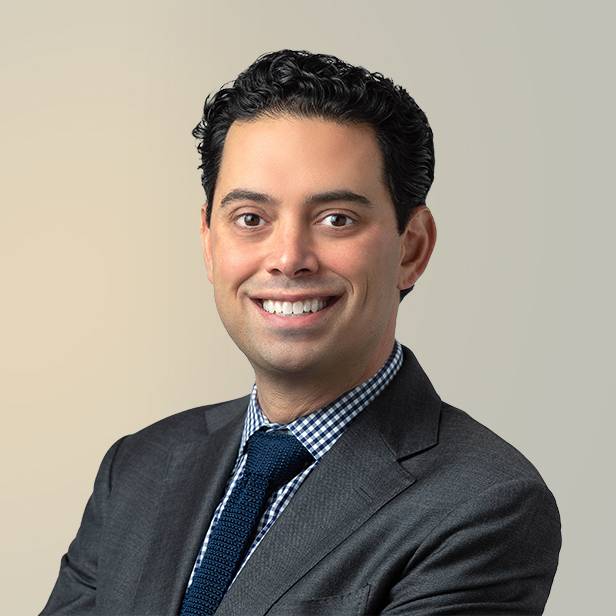
Partnering with best-in-class sponsors to identify and implement creative capital raising solutions has inspired me throughout my career.
Dan Posternak
Managing Director & Co-head of Private Funds Advisory
New YorkMeet Professionals with Complementary Expertise in Private Funds Advisory

I am inspired by the opportunity and privilege to work alongside passionate and focused people, helping them achieve their goals and ultimately push beyond the edge of possible.
Stephen Carre
Managing Director & Co-head of Private Funds Advisory
New York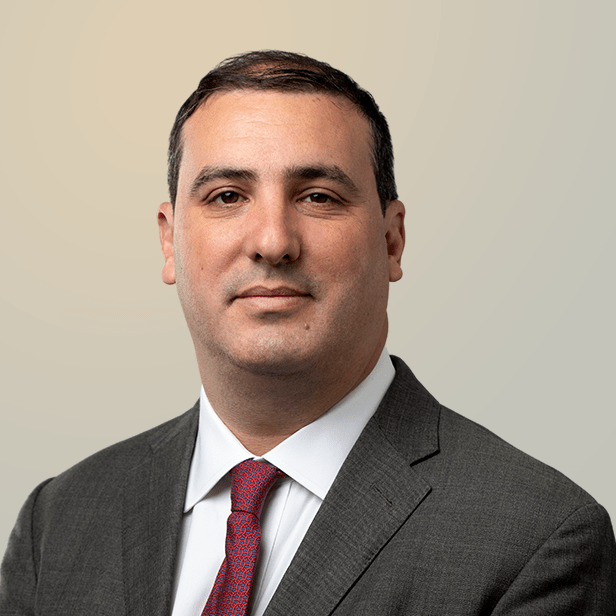
I look beyond the capital to cultivate investment paths that lead to sustainable growth and enduring success.
Jonathan Graham
Managing Director & Head of Private Funds Advisory, Europe
London
Partnering with best-in-class sponsors to identify and implement creative capital raising solutions has inspired me throughout my career.
Dan Posternak
Managing Director & Co-head of Private Funds Advisory
New York



